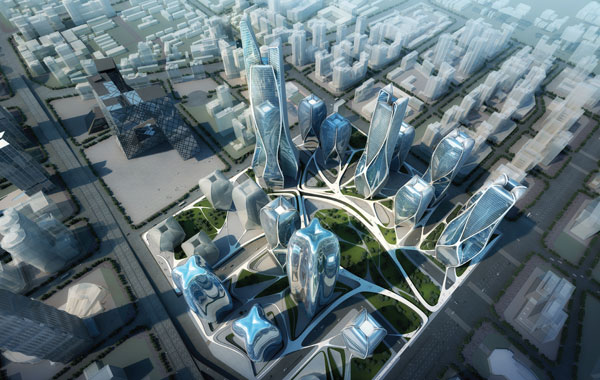Filter by
Zaha Hadid Architects, Associate Director | London, United Kingdom

Paolo Zilli started his career at Zaha Hadid Architects in 2001 working on the Salerno Ferry Terminal project. He has collaborated on several projects - including the Afragola-Napoli High Speed Train Station and the National Museum in Rome, MAXXI – growing professionally in the company until reaching the position of Senior Associate in 2015. Zilli has also made his contribution to other projects like the residential towers D’Leedon in Singapore and the Esfera project in Monterrey, Mexico.
Zilli was the Project Director of the Generali Tower and shopping center in CityLife, Milan. The LEED Platinum tower has set new standards for several technical aspects, including glass cold-bending in both single and double façades. Zilli introduced the use of BIM to this project in 2007 to guarantee high levels of accuracy and a comprehensive quality control procedure from the early stages of design.…

Annual Conference, Presenter (Middle East 2018; Chicago 2022)

28 October 2019
Paolo Zilli, Zaha Hadid Architects
The technological component in architecture has dramatically increased during the last 50 years. Buildings react automatically to various inputs and the machine-à-habiter—a main concept of...
You must be a CTBUH Member to view this resource.
Filter by

28 October 2019
Paolo Zilli, Zaha Hadid Architects
The technological component in architecture has dramatically increased during the last 50 years. Buildings react automatically to various inputs and the machine-à-habiter—a main concept of...
Fields with an asterisk (*) next to them are required.
View our privacy policy